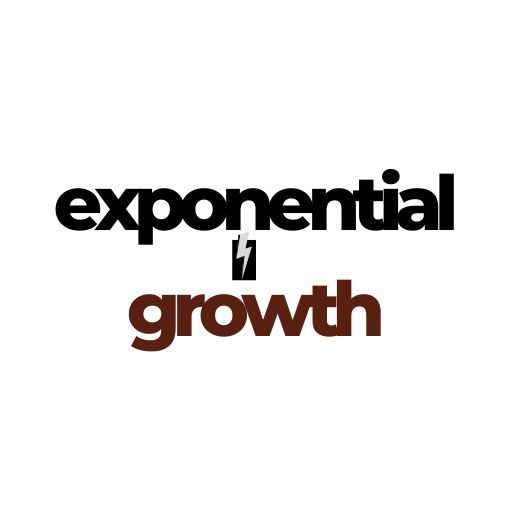- The Importance of a Return to Balance for the Economy and Markets
- 10 smart strategies to protect your wealth, make more money in 2025
- Sebi introduces timelines for NFO fund deployment, eases AMC employee interest alignment rules
- Public companies’ “Coin Hoarding Trend”: Is Bitcoin becoming the new favorite for asset allocation?
- How to invest Rs 10 lakh in 2025? Vikas Jain of Reliance Securities shares his asset allocation strategy
At just 15 per cent of the total CHF39 billion ($43 billion) assets under management, Switzerland’s Compenswiss doesn’t have a large allocation to private markets and no allocation to private equity at all.
Bạn đang xem: Compenswiss pushes evergreen private credit; benefits from internal AI
It’s a source of relief for Frank Juliano, chief investment strategist and member of the executive committee, reflecting on the phrase du jour: the fact that the DPI ratio has become more important than IRR for investors navigating the lack of distributions from private assets.
“We don’t have many private assets and no private equity which is the most impacted asset class by the lack of distributions. But we see that DPI ratios are forcing investors to sell liquid assets to fulfil new commitments. They are ending up with an imbalance in their allocations and becoming overweight private assets,” he says.
Still, liquidity and flexibility are key priorities in the portfolio’s growing allocation to private credit. Initially set at 2 per cent, next year Compenswiss targets 3 per cent in an allocation that includes nine funds across Europe and the US with another RFP in the market that should bring a few additional managers to the portfolio.
Compenswiss will invest in evergreen vehicles and senior corporate private credit funds (avoiding mezzanine structures) and is active in all segments from the lower-middle market to the upper-middle market. The preference for evergreen structures instead of closed end funds has become a central tenet to strategy, explains Juliano, who likes the flexibility they offer by allowing investors to increase their allocations over time or reduce if they need to, without having to select new funds or deal with capital calls or subscriptions.
Xem thêm : 10 smart strategies to protect your wealth, make more money in 2025
“We like evergreen structures because it means we have to manage fewer capital calls and our money is faster at work unlike in closed end funds where investors have periods of underinvestment.”
In most evergreen structures, capital is locked up for two-to-three years after which withdrawal requests kick in periodically. In contrast, in drawdown vehicles, it can take three years for a fund to be fully invested, by which time investors will have to go back out and find another fund.
Juliano is not alone. Other investors say they also favour evergreen structures because they allow more detailed due diligence on the covenants and corporate loan documents in the portfolio. Enabling the process of checking that a new cohort of external mangers will deliver all they promise, and the bona fide credentials of the team behind the strategy.
Rich equity valuations
Looking out on the investment landscape he notes that rich equity valuations will most likely see the fund sell some equity towards the end of the year to rebalance the portfolio to the 2025 target (29 per cent).
Elsewhere, Compenswiss’s allocation to gold has grown from 3 per cent to 3.5 per cent this year and he believes the value will continue to climb off the back of geopolitical uncertainty and the scale of sovereign debt in developed markets. He also singles out the strong performance of the real estate allocation in Asia which is subject to different growth and interest rate cycles than western markets.
“Central business districts in Asian cities continue to attract lots of people so office hasn’t suffered like it has in the US.” In contrast, the allocation in the US and Europe is focused instead on industrials, family and data centres.
Xem thêm : Texas Teachers Returns 12.7% in Fiscal 2024
The passive allocation to large-cap emerging market equities is struggling because of China’s poor performance dragging returns, exacerbated by the growing allocation to China in the index because of the introduction of A Shares. “We plan to decrease our allocation to emerging market equities as we do not expect China to outperform in spite of the recent stimulative measures.”
In recent years, Compenswiss has also scaled back derivatives exposure apart from an FX hedging programme.
“We really only use derivatives when strictly necessary,” he says.
A debt risk hedging programme sheltered the fund from spiralling liabilities around 2017/18 and the portfolio was also hedged on the eve of the pandemic – a programme that was monetised just at the right time when the market started to go up. “It got too expensive,” he recalls. “It was like when the cost of car insurance gets more expensive than the car itself.”
Compenswiss is also overseeing the integration of AI throughout the organisation via a sweeping education programme. Everyone, at every level and in every department from investment to back office and legal, is being trained on how to use the technology to add value.
“The way you integrate AI within your firm has become very important,” he concludes.
“Over the course of four months, a member of the team coded a wonderful state-of-the-art tool to manage how we measure ESG. Nowadays, using Gen AI it would have taken maybe a couple of weeks. That’s a huge productivity gain.”
Nguồn: https://exponentialgrowth.space
Danh mục: News

